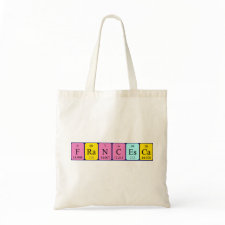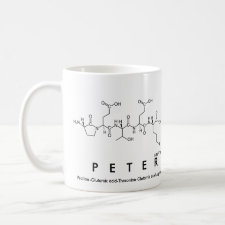
Authors: Lanza F, Hall AJ, Sellergren B, Bereczki A, Horvai G, Bayoudh S, Cormack PAG, Sherrington DC
Article Title: Development of a semiautomated procedure for the synthesis and evaluation of molecularly imprinted polymers applied to the search for functional monomers for phenytoin and nifedipine.
Publication date: 2001
Journal: Analytica Chimica Acta
Volume: 435
Issue: (1)
Page numbers: 91-106.
DOI: 10.1016/S0003-2670(01)00905-9
Alternative URL: http://144.206.159.178/ft/38/35376/606448.pdf
Abstract: A previously described scaled-down version of the established monolith procedure, where molecularly imprinted polymers (MIPs) are prepared on the bottom surface of chromatographic vials [Anal. Chem. 71 (1999) 2092] has been here further optimised with respect to its full automation. The protocol results in savings of time and reagents compared to the monolith procedure, allowing ca. 60 polymers (similar to 50 mg each) to be synthesised in parallel. Both blank and imprinted polymers are then evaluated in situ by equilibrium batch rebinding tests, Each step in the synthesis and evaluation was considered with the aim of achieving an automated method with wide applicability with regards to template targets and monomer compositions. A system based on thermal initiation was considered easier to implement and applicable to a larger number of templates than one based on photo-initiation. For the purpose of choosing a suitable initiator, azo-initiators with different dissociation energies were compared, 2,2'-Azobis(2,4- dimethylvaleronitrile) (V-65) was selected as the initiator of choice based on the observed rebinding selectivity and the low temperature of use (45 °C). The time of degassing and polymerisation were also considered, With respect to the reproducibility of the automated procedure, confidence values of the mean rebinding percentage of 12 and 8 were found, respectively, for the blank and imprinted polymers when five parallel batches of ametryn blanks and imprints were submitted to rebinding tests. The small-scale protocol was then applied to the search for functional monomers for two further templates of interest: phenytoin and nifedipine. The results of the rebinding experiments on the small scale were found to be in agreement with the equilibrium rebinding evaluation of the regular scale batches. However, the equilibrium rebinding results cannot be used as a general predictor for the chromatographic selectivity of the MIPs. (C) 2001 Elsevier Science B.V.. All rights reserved
Template and target information: ametryn, phenytoin, nifedipine



Join the Society for Molecular Imprinting

New items RSS feed
Sign-up for e-mail updates:
Choose between receiving an occasional newsletter or more frequent e-mail alerts.
Click here to go to the sign-up page.
Is your name elemental or peptidic? Enter your name and find out by clicking either of the buttons below!
Other products you may like:
 MIPdatabase
MIPdatabase









